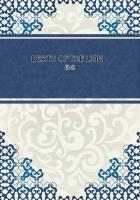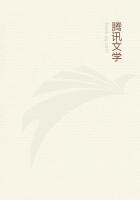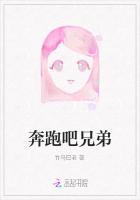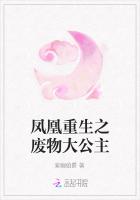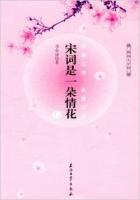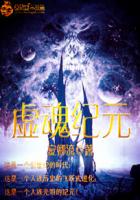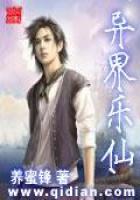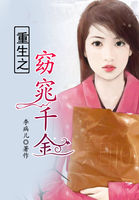THE MATERIALS AND METHODS EMPLOYED IN PREPARINGTHE INK MSS. OF ANTIQUITY--THE INTRODUCTION OF PARCHMENT AS A SUBSTITUTE FOR PAPYRUS--MODE OF WRITING ON PARCHMENT--HOW SEPARATE PIECES WERE FIRST JOINED INTO BOOK FORM--EVIDENCE OF THE CHARACTER OF WRITING UTENSILS TO BE FOUND IN ANCIENT PICTURES--SOMEFORMULAS BY THE YOUNGER PLINY AND HIS CONTEMPORARYDIOSCORIDES--HOW THE GREEKS AND ROMANS KEPT THEIR PAPYRI FROM BREAKING--WHEN BLACK INK BEGAN TO FALL INTO DISUSE AND ITS CAUSE--THE ADOPTION OF THE STYLUS AND ITS ACCOMPANYINGSHEETS OF LEAD, IVORY, METAL AND WOOD COATED WITH WAX--THE EFFORTS MADE TO RESUME THE USE OF SOME INK WHICH WOULD BIND TO PARCHMENT--WHY THERE ARE NO ORIGINAL MSS. EXTANT BELONGING TO THE TIME OF CHRIST--THE INVENTION OF THE VITRIOLIC INKS--HUMPHREY'S BLUNDER IN LOCATING DATES OF EARLY GREEK MSS.--THE DESTRUCTION OF THE CITIES OF HERCULANEUMAND POMPEII--AWAKENING OF INTEREST AGAIN ABOUT THE EMPLOYMENT OF INKS--REDISCOVERIESOF SOME OF THE MORE REMOTE ANCIENT RECIPES--THE WRITERS IN GOLD AND SILVER--RECORDEDINSTANCES OF ILLUMINATED MSS.--PASSAGE FROM THE BOOK OF JOB WRITTEN BY ST. JEROME--DENIAL OF THE EMPLOYMENT OF TANNO-GALLATE OF IRON INK IN THE FOURTH CENTURY--DESTRUCTION OF THE INSPIRED WRITINGS BY ORDEROF THE ROMAN SENATE--THE ECLIPSE OF CLASSICALLITERATURE AND DISMEMBERMENT OF THE ROMAN EMPIRE--POEM ON THE THOUSAND YEARS KNOWN AS THE DARK AGES WHICH FOLLOWED.
THEOPHRASTUS says that the papyrus books of the ancients were no other than rolls prepared in the following manner: Two leaves of the rush were plastered together, usually with the mud of the Nile, in such a fashion that the fibres of one leaf should cross the fibres of the other at right angles; the ends of each being then cut off, a square leaf was obtained, equally capable of resisting fracture when pulled or taken hold of in any direction. In this form the papyri were exported in great quantities. In order to form these single leaves into the "scapi," or rolls of the ancients, about twenty were glued together end to end. The writing was then executed in parallel columns a few inches wide, running transversely to the length of the scroll. To each end of the scrolls were attached round staves similar to those we use for maps. To these staves, strings, known as "umbilici," were attached, to the ends of which bullae or weights were fixed.
The books when rolled up, were bound up with these umbilici, and were generally kept in cylindrical boxes or capsae, a term from which the Mediaeval "capsula,"or book-cover was derived. "The mode in which the students held the rolls in order to read from them is well shown in a painting in the house of a surgeon at Pompeii. One of the staves, with the papyrus rolled round it, was held in each hand, at a distance apart equal to the width of one or more of the transverse columns of writing. As soon as the eye was carried down to the bottom of a column, one hand rolled up and the other unrolled sufficient of the papyrus to bring a fresh column opposite to the reader's eye, and so on until the whole was wound round one of the staves, when, of course, the student had arrived at the end of his book."Eumenes, king of Pergamus, being unable to procure the Egyptian papyrus, through the jealousy of one of the Ptolemies, who occupied himself in forming a rival library to the one which subsequently became so celebrated at Pergamus, introduced the use of Parchment properly "dressed" for taking ink and pigments and hence the derivation of the word "pergamena" as applied to parchment or vellum, the former substance being the prepared skin of sheep, and the latter of calves.
The sheets of parchment were joined end to end, as the sheets of papyrus had been, and when written upon, on one side only, and in narrow columns across the breadth of the scroll, were rolled up around staves and bound with strings, to which seals of wax were occasionally attached, in place of the more common leaden bullae.
The custom of dividing wax, ivory, wood and metal MSS. into pages and in this way into book form is said by Suetonius to have been introduced by Julius Caesar, whose letters to the Senate were so made up, and after whose time the practice became usual for all documents either addressed to, or issuing from that body, or to or from the Emperors. As that form subsequently crept into general use, the books were known as "codices;" and hence the ordinary term as applied to manuscript volumes.
All classes of "books," the reeds for writing in them, the inkstands, and the "capsae" or "scrinia,"the boxes in which the "scapi" or rolls were kept, are minutely portrayed in ancient wall-paintings and ivory diptychs (double tablets), and which may belong to a period near the beginning of the Christian era.
Pliny and Dioscorides have given the formulas for the writing inks used by the Greek and Roman scribes immediately before and during their time. Pliny declares that the ink of the bookmakers was made of soot, charcoal and gum, although he does not state what fluid was employed to commingle them. He does, however, mention to an occasional use of some acid (vinegar) to give the ink a binding property on the papyrus.
Dioscorides, however, specifies the proportions of this "soot" ink. Another formula alluded to by the same author calls for a half ounce each of copperas (blue) and ox-glue, with half pound of smoke black made from burned resin. He adds, "is a good application in cases of gangrene and is useful in scalds, if a little thickened and employed as a salve." De Vinne speaks of this as a "crude" receipt which will enable one to form a correct opinion of the quality of scientific knowledge then applied to medicine and the mechanical arts; also that these mixtures which are more like shoe blacking than writing fluid were used with immaterial modifications by the scribes of the dark ages.

